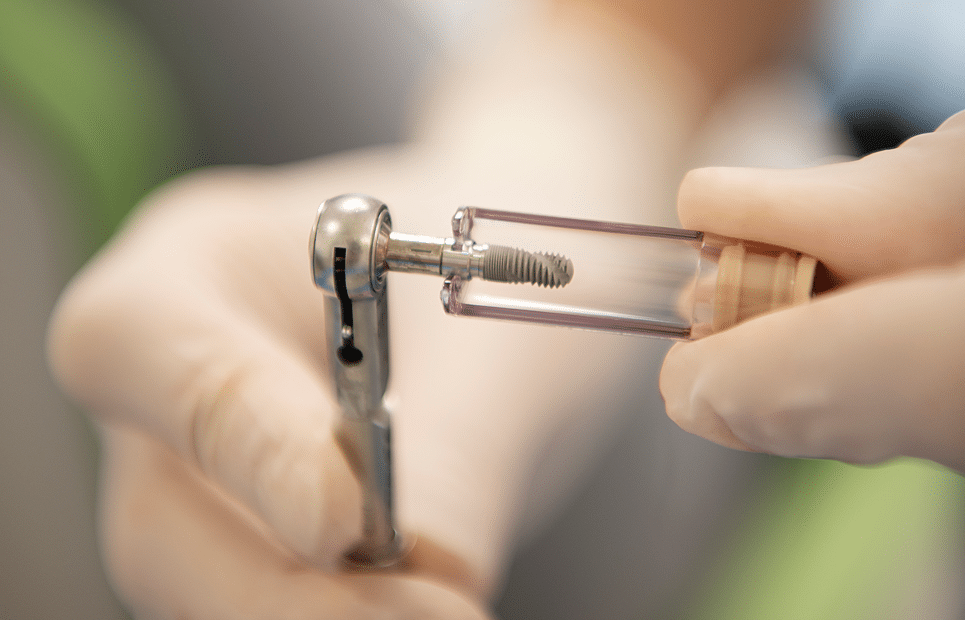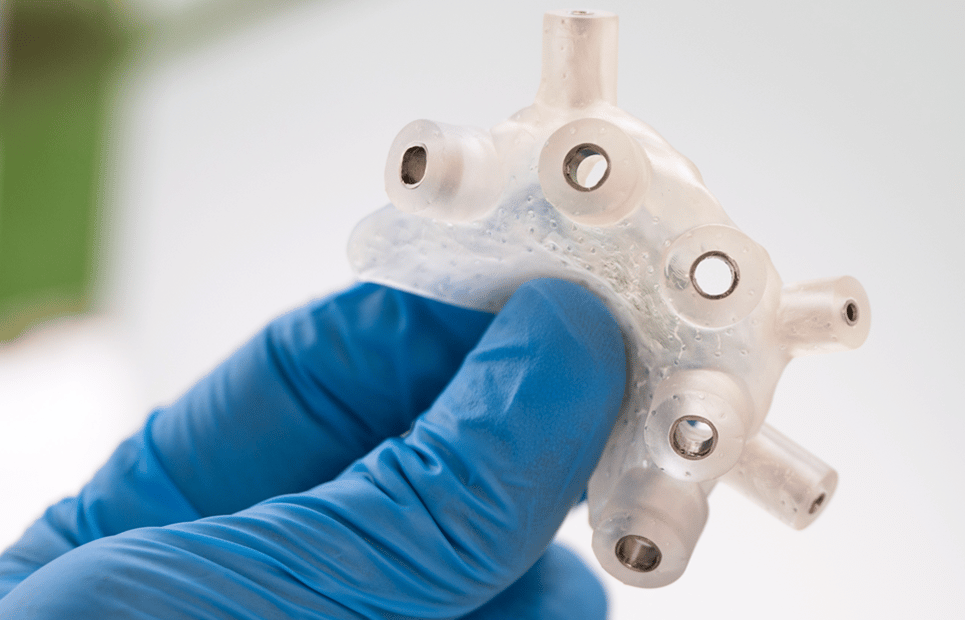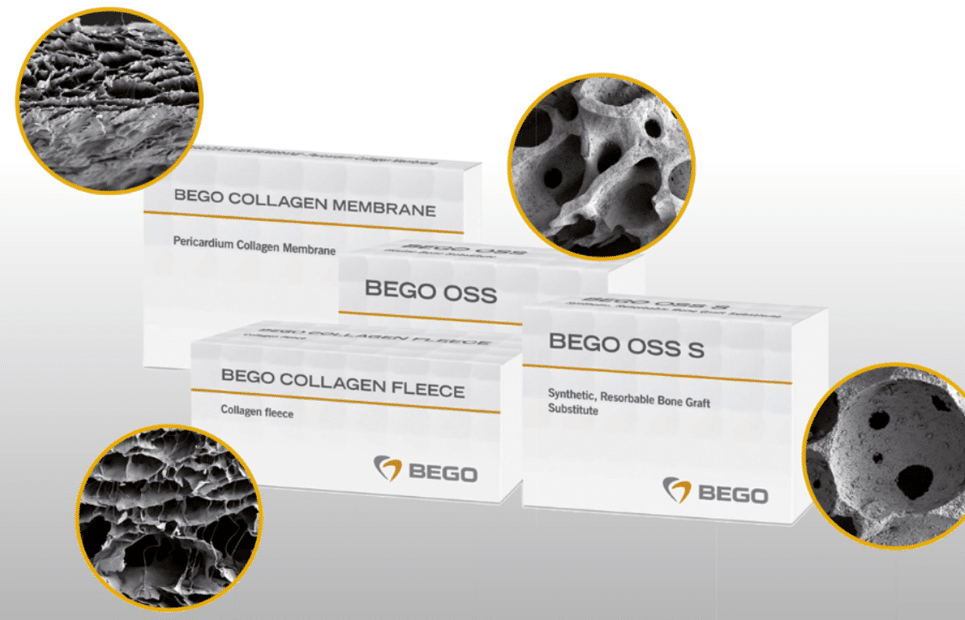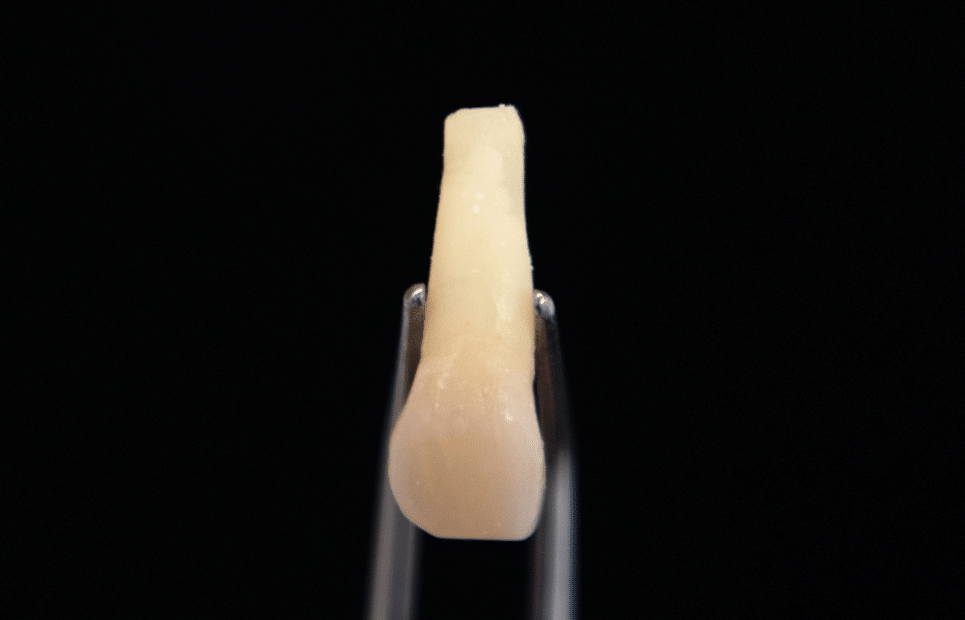Dental Implant – the Modern Solution for Missing Teeth
Missing one, several, or even all your teeth? Instead of traditional bridges and dentures, dental implants provide the most modern and effective solution. The advantage of implants is that healthy neighboring teeth do not need to be ground down to support a bridge, and in cases of complete tooth loss, uncomfortable sliding dentures are no longer necessary. An implant is a titanium screw that replaces the tooth root, providing a stable foundation for crowns, bridges, and secure denture retention. Successful implantation requires sufficient bone volume and quality, as well as good overall health. Once placed in the bone, the implant needs 3–6 months to integrate without load, depending on bone quality, before a permanent ceramic crown can be attached. If needed for aesthetic reasons, a temporary restoration can cover the gap during this period. After osseointegration (with an approximate 98% success rate), a special impression is taken, and a crown is fabricated in the laboratory to fit the implant, providing functionality similar to a natural tooth. Our Bego Semados implant system, made in Germany, is among the top manufacturers, ensuring extremely precise implant–crown fit and minimizing the risk of future complications. Dental Implant – stability, functionality, and perfect aesthetics in a single solution.
Surgical Guide Implantation – Precision and Safety in Complex Cases
When there is very little bone available to the dentist to insert the implant, when the angle of implant insertion is very important for the preparation of the final prosthetic work and when implants must be used in dangerous places (for example, in the immediate vicinity of blood vessels and nerves), the specialist may decide to use a surgical guide. The surgical guide is prepared based on a three-dimensional CT X-ray image and a digital scan of the oral cavity by the dental technician and dentist together, using a 3D printer, after a long and precise planning. The advantage of the surgical guide is that the implant is inserted exactly at the place and at the angle we planned, so its use guarantees a completely controllable and predictable result.
All-On-Four – Fixed teeth in just a few days, without compromise
If you are missing all your teeth or they all need to be removed, the All-On-Four dental implant system is one of the most advanced and effective solutions for full-arch restoration. This technique uses just four strategically placed implants to support a complete, non-removable, fixed dental bridge that looks natural, feels comfortable, and is built to last. Why do patients choose the All-On-Four system? ✅ Minimal bone required – this technology allows implant placement even when bone volume is limited. ✅ Fast results – after implant placement, a fixed restoration can be provided within just a few days, eliminating the long waiting times typical of traditional treatments. ✅ Cost-effective solution – since only four implants are needed, the overall treatment and prosthetic costs are significantly lower compared to conventional full-arch implant solutions. ✅ Natural feel and stability – the fixed teeth function just like natural ones, allowing you to eat, speak, and smile confidently again. Although the All-On-Four procedure is more expensive than a removable denture and requires certain medical conditions to be met for success, its benefits far outweigh the alternatives. It’s no surprise that many patients travel from abroad specifically for this treatment at our clinic, aiming to restore a full, confident smile in a short period of time.
Sinus Lift and Bone Augmentation – a stable foundation for dental implants
After losing teeth in the posterior area of the upper jaw, the maxillary sinus often begins to “drop,” leaving insufficient bone for the safe placement of dental implants. In such cases, a special surgical procedure known as a sinus lift (or sinus floor elevation) may be necessary to increase the available bone volume. During the procedure, the sinus membrane is carefully lifted, and the newly created space is filled with artificial bone graft material, which is then covered with a protective membrane. This provides a strong and stable foundation into which dental implants can be securely placed, ensuring long-term support for your future teeth. When is bone augmentation necessary? Bone augmentation is not limited to sinus lift procedures. It may also be recommended in cases such as: ✅ when insufficient bone is present for implant placement; ✅ when bone reinforcement is required before or during implant surgery; ✅ for aesthetic reasons, to restore the natural bone contour, especially in the visible smile zone. Modern bone graft materials are completely safe and gradually integrate into your body, turning into natural bone over time. As a result, they provide a stable, natural, and long-lasting foundation for implant-supported restorations.
Root resection – surgical tooth preservation
If, for some reason (broken endodontic file or post in root canal) an infected tooth cannot be root canal treated, the only treatment option besides extraction is root resection. This is a surgical intervention, during which the end of the root is removed together with the infected bone around it, through a window opened in the bone right above it. Doing so, we manage to keep the crown and part of the root of the tooth intact, free of infection. The photo is meant to show, on an extracted tooth, how much the surgeon cuts off the end of the root in order to save the entire tooth. ✅ Goal: preserve the natural tooth – precise, safe, and functional.





